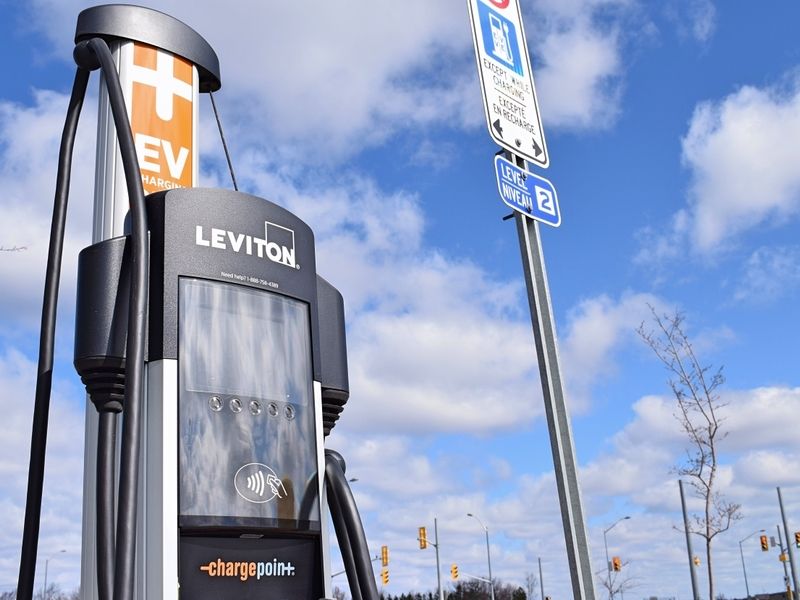
French Poet Antoine de Saint-Exupéry’s famous quote that “a goal without a plan is just a wish” perfectly describes the federal government’s hope to get consumers purchasing only zero-emission vehicles by 2035.
I’ve heard Prime Minister Justin Trudeau’s blueprint called many things, such as a goal, target, vision, ambition and mandate. What I have yet to hear it called is a law.
Ottawa hasn’t yet passed legislation banning the sale of vehicles powered by the internal-combustion engine.
On June 29, the federal government said its goal is now to have 100 per cent of new light-duty vehicle sales be of the zero-emissions variety five years earlier than the original target of 2040.
When I caught wind of the planned announcement, I immediately told my colleagues it was shaping up to be big news. By the time three Cabinet ministers finished speaking, I told those colleagues the news conference was a dud.
Basically, government officials tossed another coin into the well, closed its eyes and wished the country would all go electric by 2035.
The announcement confused auto lobbyists and left them with more questions than answers.
“Where’s the plan?” Brian Kingston, CEO of the Canadian Vehicle Manufacturers’ Association, which lobbies for the Detroit Three in Canada, asked on the July 9 episode of the Automotive News Canada Conversations podcast.
David Adams, head of the Global Automakers of Canada, which lobbies for overseas automakers, had similar questions.
“Is this a regulated commitment? If so, how do we get there?” he asked in a story in this issue.
It took a trio of Cabinet ministers to deliver the news June 29, but none could tell reporters how much money this plan — wish, rather — would cost. They refused to say whether they would pass legislation outlawing the sale of internal-combustion vehicles.
Transport Minister Omar Alghabra would say only that, if required, the federal government would “pursue additional mandatory zero-emissions-vehicle measures to ensure we get to our 2035 goal.”
He said the government is looking at expanding rebates, qualifying the purchase of used ZEVs for incentives, investing in charging and more.
Perhaps our federal government is waiting to see what happens in the United States, where fellow liberal Joe Biden is president and the state of California — a massive automotive market that accounts for 11 per cent of new-vehicle sales nationally — effectively determines U.S. fuel standards.
In September 2020, Gov. Gavin Newsom said the California Air Resources Board would develop a set of regulations mandating that all sales of new light-duty vehicles be ZEVs by 2035.
Closer to home, Alghabra at least sounds determined to do the same.
“We believe that it’s doable,” he said. “It needs determination, it needs focus, it needs effort.”
No, Minister Alghabra, it needs a plan.

